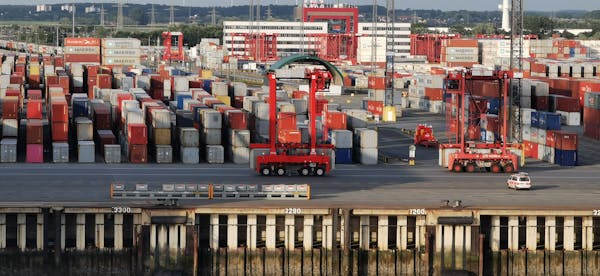Sea Freight Shipping from Guangzhou/Shenzhen to Burgos, Spain (CIF, FCL & LCL Options)
When it comes to shipping goods from China to Spain, Guangzhou and Shenzhen are two of the most popular ports for sea freight services. This article explores the process of sea freight shipping from these Chinese ports to Burgos, Spain, specifically covering Full Container Load (FCL) and Less than Container Load (LCL) options. We will also discuss the shipping duration and the essential packaging methods for your cargo.
1. Shipping Options: FCL and LCL
Shipping goods by sea from Guangzhou or Shenzhen to Burgos, Spain offers two main options: Full Container Load (FCL) and Less than Container Load (LCL).
Full Container Load (FCL): This is the most efficient option if you are shipping a large quantity of goods. You can book a 20FT or 40FT container, and your goods will fill the entire container, ensuring a direct and secure shipment. For a 20FT FCL, the typical cost is higher per cubic meter compared to LCL, but it can be more cost-effective if you have enough goods to fill the container. The same applies for a 40FT container, which provides more space for larger shipments.
Less than Container Load (LCL): If your cargo volume does not justify the use of an entire container, LCL is a great alternative. With LCL, your goods are consolidated with other shipments in the same container. This option is more cost-effective for smaller shipments as you only pay for the space your goods occupy, rather than the entire container. However, transit time may be slightly longer due to the consolidation process.
2. Transit Time
The sea voyage from Guangzhou or Shenzhen to Burgos typically takes about 28 days depending on the shipping route, sea conditions, and the carrier. This time frame accounts for the time it takes to load and unload the goods at the ports, as well as any transshipment operations that may occur en route.

3. Port of Arrival: Burgos
While Burgos itself does not have a seaport, it is an inland city in northern Spain. Therefore, shipments from China will be docked at one of Spain’s major seaports, such as Port of Barcelona or Port of Valencia. After arriving at these ports, the goods will be transported inland via road or rail to Burgos.
4. CIF Shipping Terms
For this shipment, the term CIF (Cost, Insurance, and Freight) applies. This means that the shipping cost, insurance, and freight charges from Guangzhou/Shenzhen to the destination port in Spain (either Barcelona or Valencia) are included in the price. However, once the goods arrive in Spain, the responsibility for the cargo passes to the buyer, who will handle further transportation, customs clearance, and delivery to Burgos.
5. Packaging of Cargo
Proper packaging is crucial to ensure the safety and security of goods during transit, particularly on long sea voyages. Here are some common packaging methods used for sea freight shipments:
FCL Shipments: In FCL shipping, the goods will be packed into boxes, crates, or pallets, depending on the type of product. The entire container will be loaded with these packed goods, ensuring no damage during handling. It’s important to use sturdy packaging materials that can withstand rough handling during loading, unloading, and transshipment. For bulkier items, palletizing helps ensure that they stay intact and are easier to load and unload.
LCL Shipments: For LCL, packaging is equally important, but with the added complexity of having to share container space with other goods. Cargo should be packaged in strong, durable materials, such as wooden crates, cardboard boxes, or shrink-wrapped pallets. It’s also essential to properly label and secure items to prevent shifting during the consolidation process and to avoid damage from other shipments. Fragile goods should be cushioned with materials like bubble wrap, foam, or packing peanuts to protect them during the journey.
General Considerations: For both FCL and LCL, goods should be packed to prevent exposure to moisture, as sea freight containers can sometimes be affected by humidity. If needed, use moisture-absorbing materials such as desiccants to safeguard your cargo.
6. Customs and Delivery
Once the cargo arrives in Spain, customs clearance will need to be completed at the port of arrival. The shipping company will typically assist with this process, but it’s important to have all required documents, such as the Bill of Lading, commercial invoice, and packing list. After customs clearance, the goods will be transported by truck or rail to Burgos.



